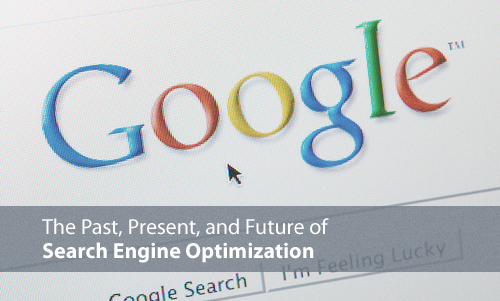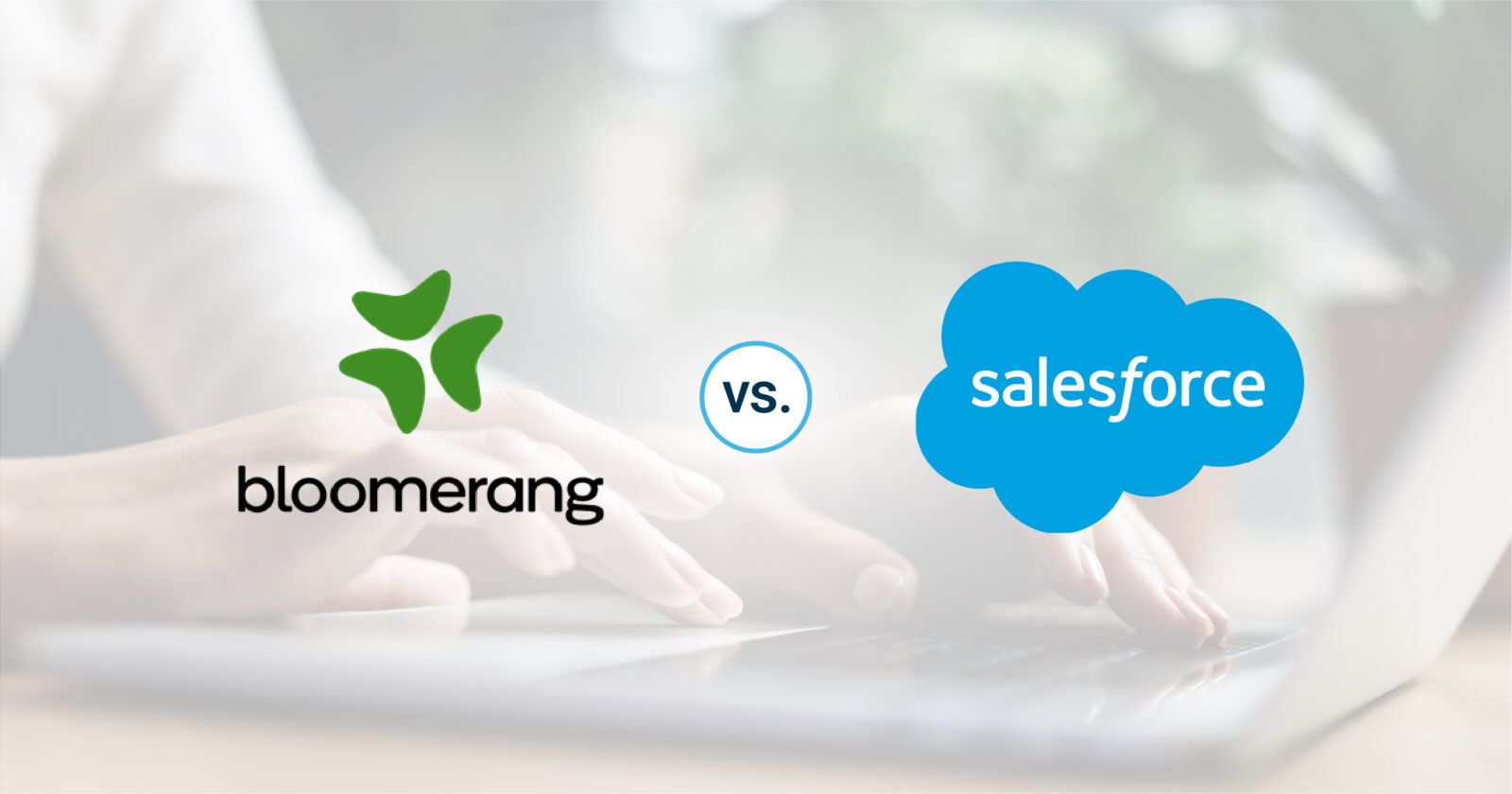The Past, Present, and Future of Search Engine Optimization

On Tuesday, October 18th, 2011, I had the warm opportunity to attend a luncheon sponsored by the American Marketing Association to listen to Jeb Banner, the CEO of SmallBox, discuss the future of search engine optimization in the ever-changing, fast-paced world of web marketing.
As someone who understands its increasing importance and value, it was not surprising for me to hear that companies are currently in the middle of a big shift. More and more companies are losing control of their brands while more and more customers are holding the reigns that drive the ideas behind these brands. In other words, companies are no longer the leaders; instead, they are now the ones being led. How did this happen?
The Past and Present
A long, long time ago in the ancient days of the World Wide Web, marketing followed a top-down branding called the shotgun approach. This worked well for its time, but it was quite difficult for companies to measure effectiveness due to a lack of data and metrics. In today’s world, however, companies are implementing a targeted-sniper approach. This approach relies on Google’s search engine rankings to drive data and metrics, which are being aggressively used to measure effectiveness. However, the reliance on Google’s search algorithm had paved the way to an uneven playing field.
One of the most interesting tidbits shared was the details of how some companies were implementing shady SEO practices to increase their Google ranking. One company in particular found a way to increase traffic to its website by giving its customers lousy service. This resulted in an increased number of written reviews (which were obviously negative) that helped to bump up their rank. Suffice to say, this company is no longer in business. It makes one wonder, how does Google circumvent this unethical behavior to ensure that deserving brands are awarded with prime real estate?
Introducing Google Panda
Google responded to this behavior by introducing Panda, a change to their algorithm, to the Internet world in February 2011. This change not allows Google to identify and flag low-quality pages on the Internet, but it also allows them to factor in a new criterion to the ranking methodology: the user experience. Since Google now has the authority to weed out the weak, companies can no longer depend on a bucket list of successful keywords to drive traffic to their website.
So, what is the goal behind Panda? Google has made it pretty clear that they are seeking to reward the deserving brands behind these high-quality websites. This is great news for companies who wish to push their web marketing efforts to the next level. Whether that is a pursing a website redesign, completing a content overhaul, or launching a social media campaign, it is important to understand that at the root of all these efforts – your culture – is what matters the most.
Your Culture is Your Brand
The most important idea I took away from the presentation is that your brand is a reflection of your company’s culture. In order to vocalize your company’s brand effectively, you must start by identifying your culture. It is greatly important to understand what your core values and mission are in order to uncover your brand’s voice. A quote by Tony Hsieh, the CEO of Zappos, was shared during the discussion, which I believe rings true to my previous sentiments: “Your brand is a lagging indicator of your culture.” If brand and culture are two sides of the same coin, then they need to be treated like so.
To ensure that your customers are leading your brand down the right path, it is critical to invest in your team and culture. Likewise, it is equally important to build, enforce, and nurture a strong and healthy marketing foundation. A healthy foundation can be achieved through a number of measures, including (but not limited to) creating meaningful content, interacting with your audience, and measuring your influence.
Create Meaningful Content
Even if you develop a stunning website that follows every “best user experience” guideline, if you disregard the creation of meaningful content, your website will lack in quality and will face the wrath of Google Panda’s flagging system. It is becoming increasingly vital for companies to develop content that is not only diverse and consistent, but valuable as well. Storytelling is at an absolute premium right now, so now is the time to share your story and connect with your customers. To ensure that you are opening the doors to conversation, your content should give customers something to talk about, that “something” being whatever engages their brains and/or hearts.
Interact with Your Audience
Have you ever noticed that the best conversations typically occur in the kitchen at parties and get-togethers? You are not the only one to notice this. This observation of the social web was brought up during Mr. Banner’s presentation to emphasize the fact that we need to “go to the kitchens on Internet”. This may mean doing research to discover where the conversation is and what exactly it is about. An effective way to join the conversation is to simply share your content with your audience. Engaging in meaningful conversations through online communities, social media, and hotspot blogs is just one way to develop long-lasting relationships and increase awareness of your brand.
Measure Your Influence
The targeted-sniper approach to web marketing allows you to measure the effectiveness of your efforts through a variety of online tools. Tools such as Klout and Bit.ly allow you to measure online influence, social media metrics, real-time traffic, and analytics data. Even if you are utilizing the best practices for web marketing, it is still important to continually measure and refine the process. If your brand’s voice is not being heard loud and clear by your customers, then now is the perfect opportunity to get them to listen.
The Future: Keeping the Panda Happy
When Google instituted the change in their algorithm, it was understood that the world of search engine optimization would be forever changed. Previously, we had relied on the tricks of the trade to drive the traffic and rank, but now we see that in order to be successful in Google’s world in both the present and future, we need to use and understand the right tools and methods.
Meaningful content, relationships, and data increases the overall quality and experience of your website, which not only makes your customers happy, but Google Panda happy as well. And when Google Panda is happy, your brand will surely be rewarded.












